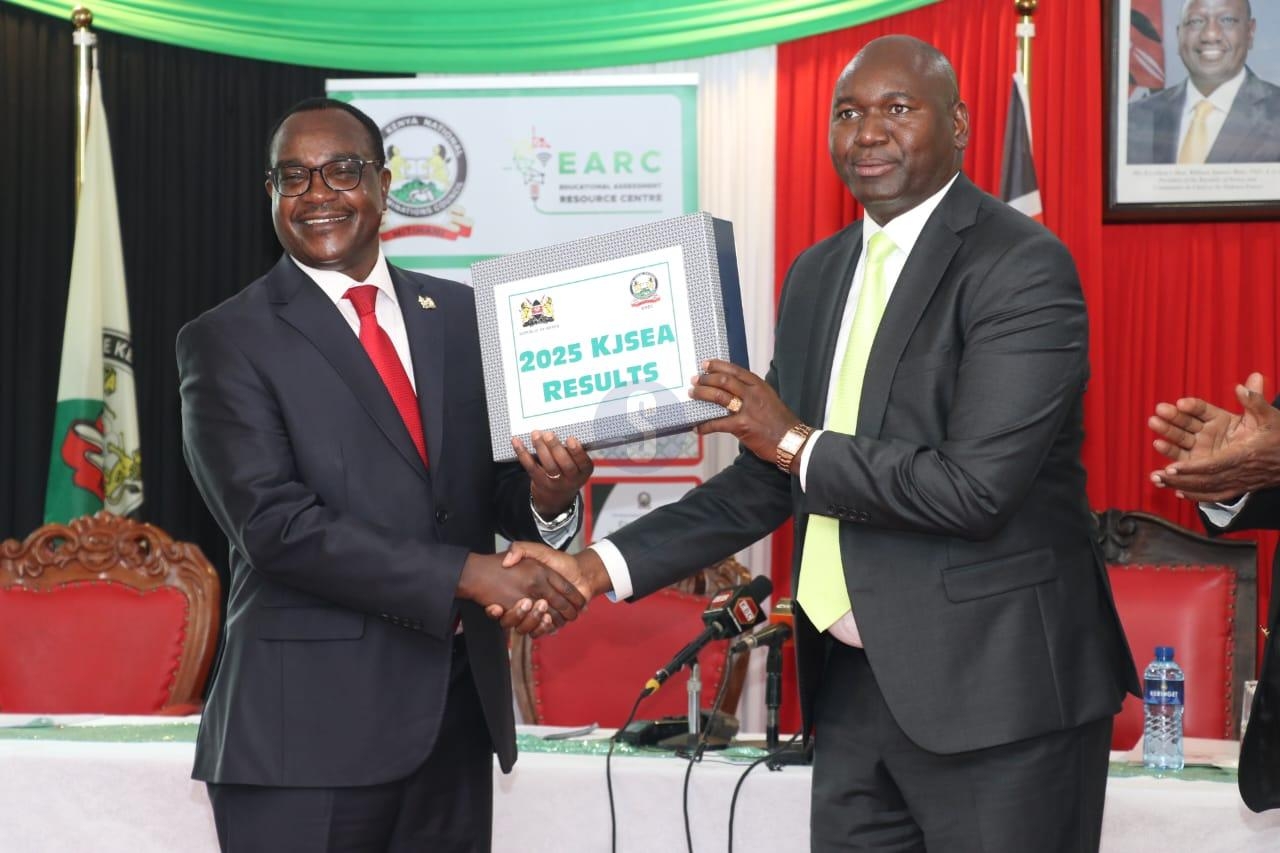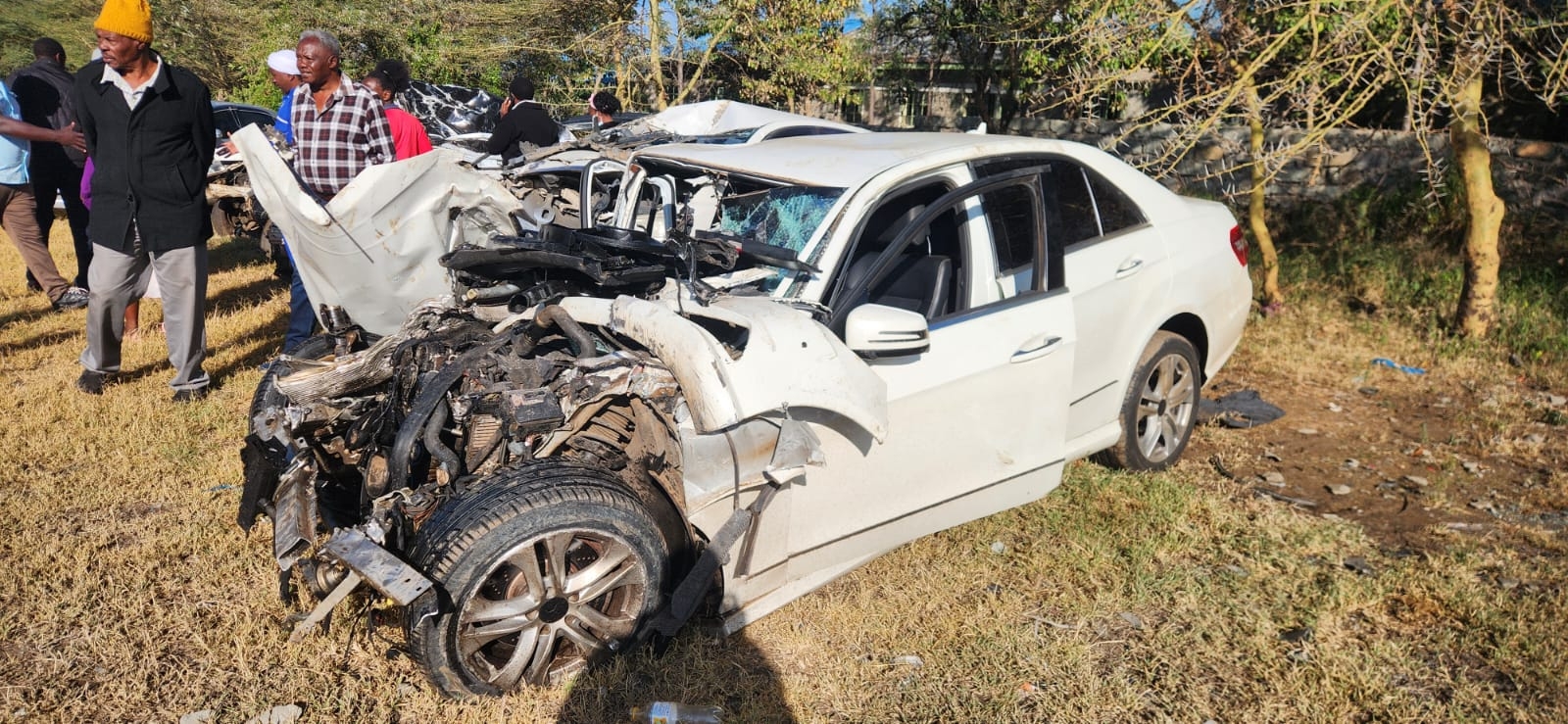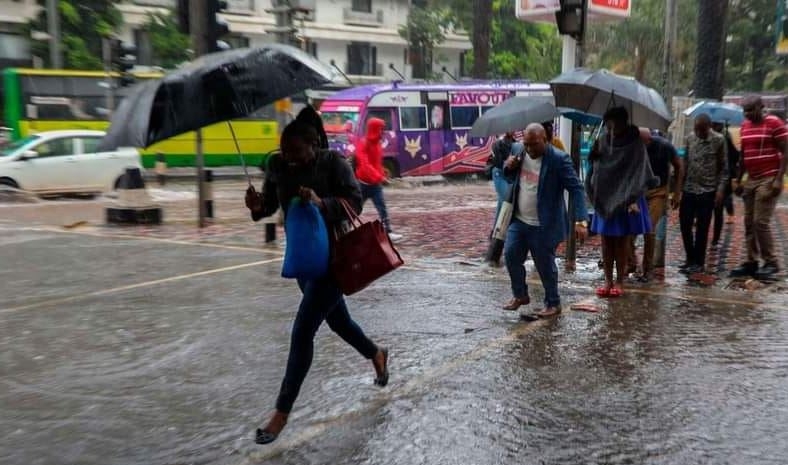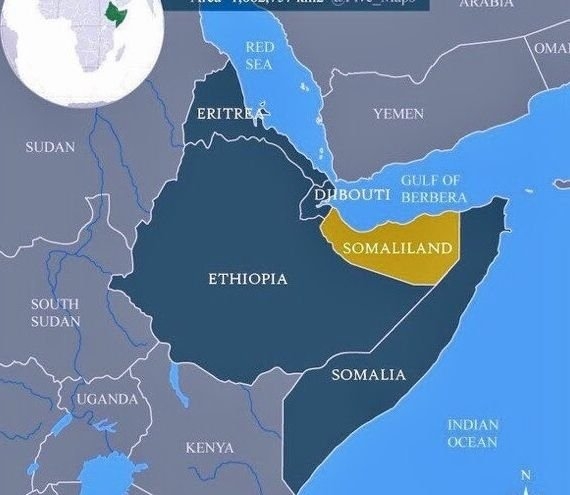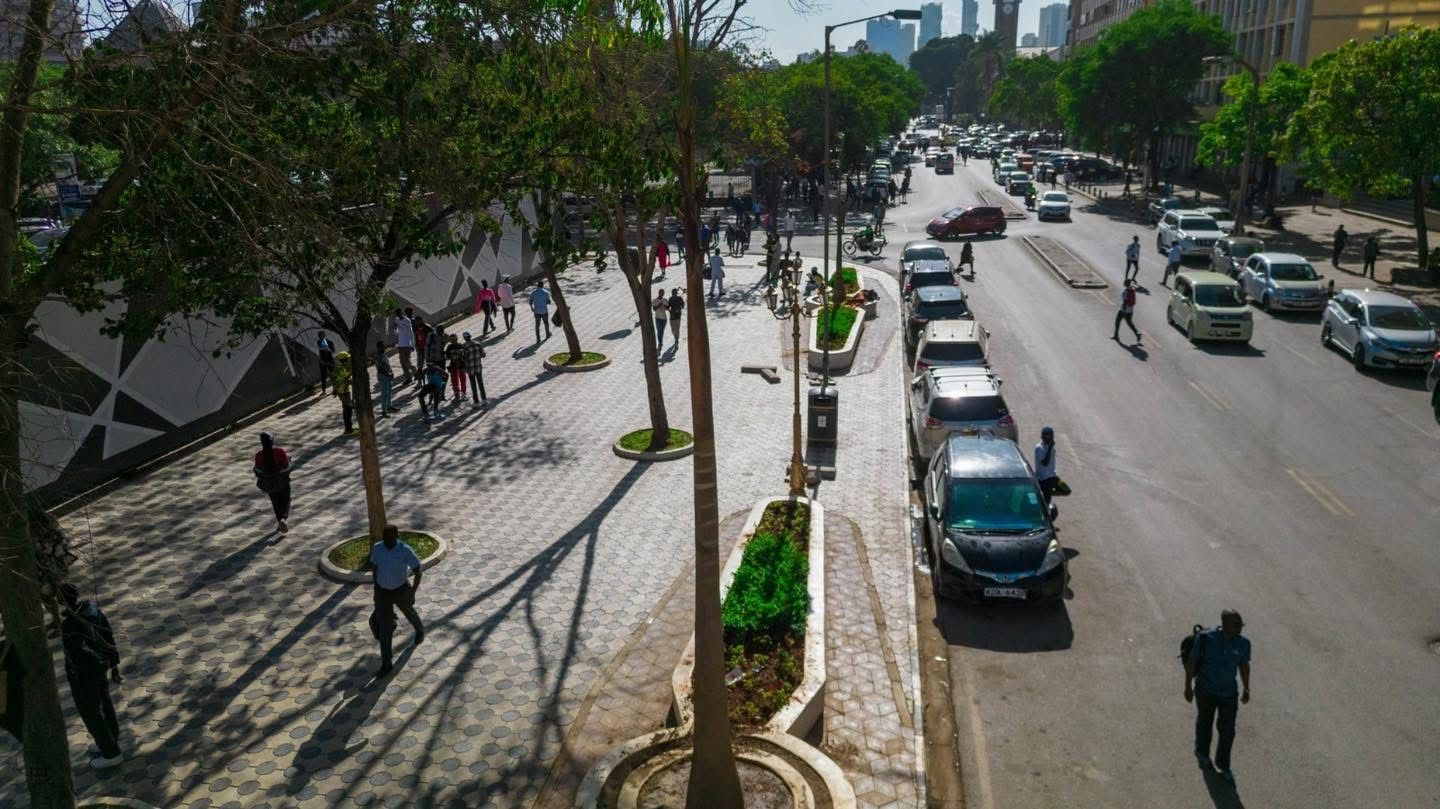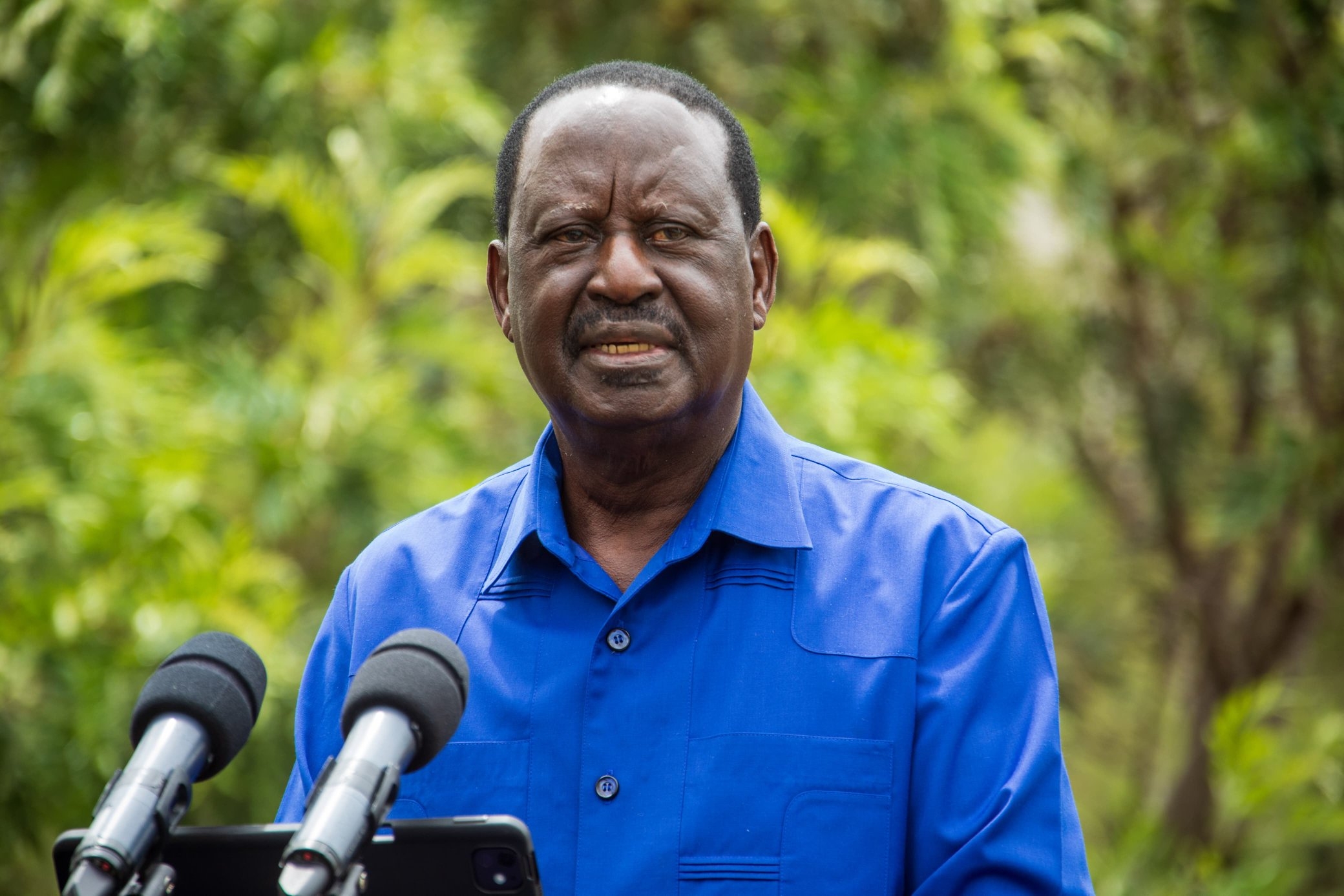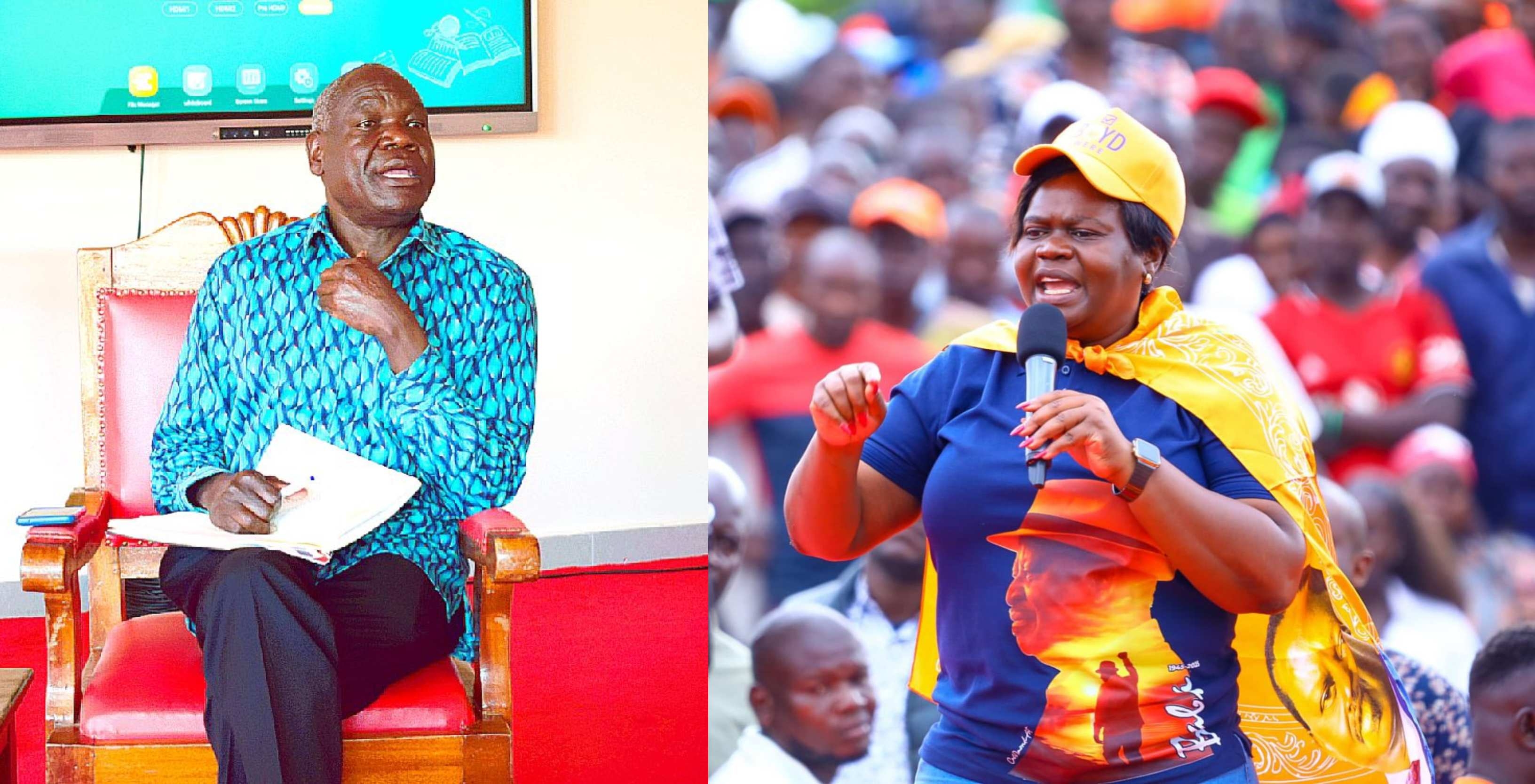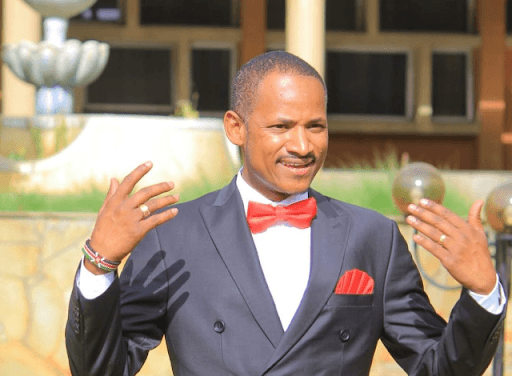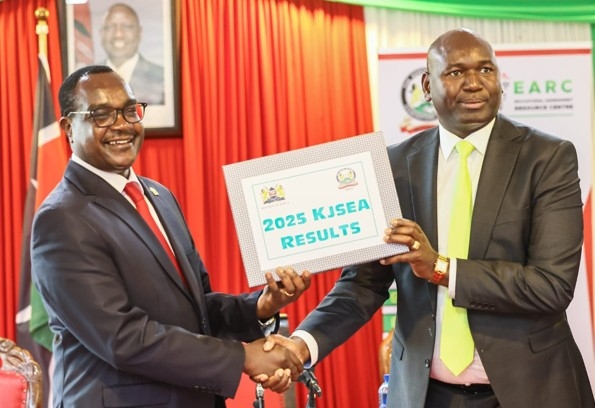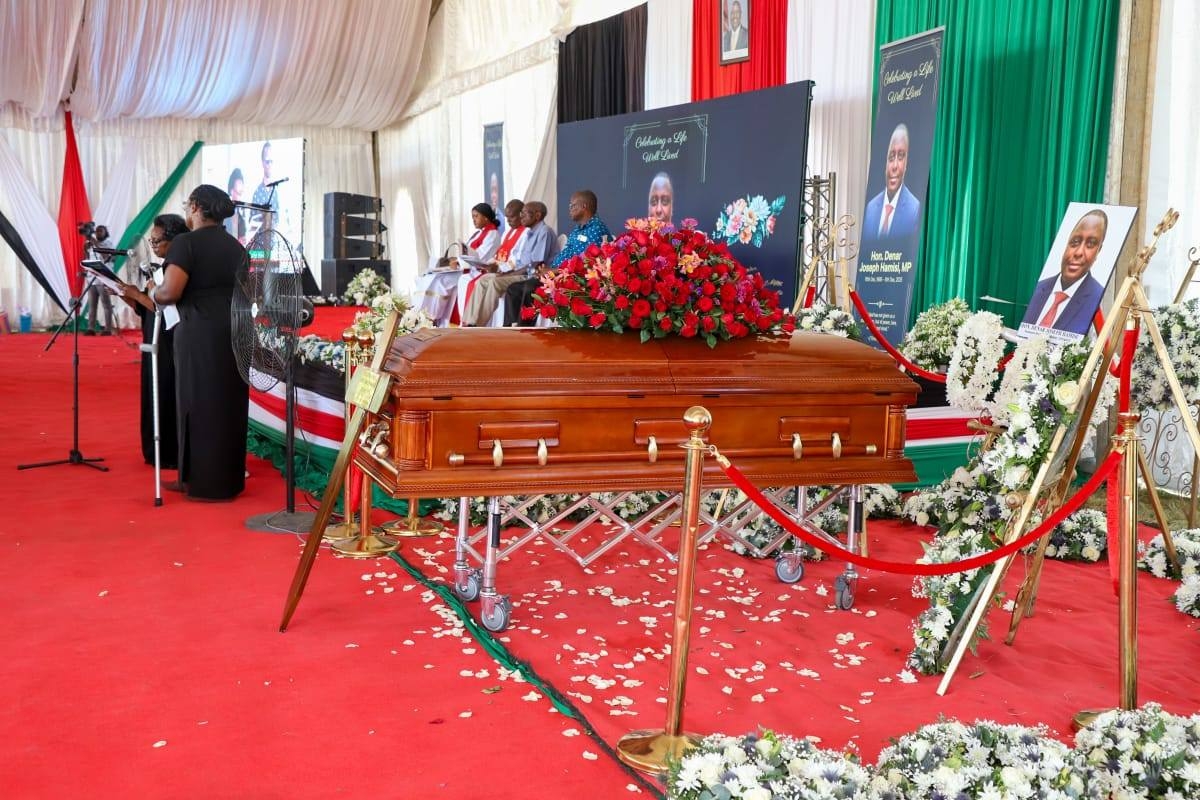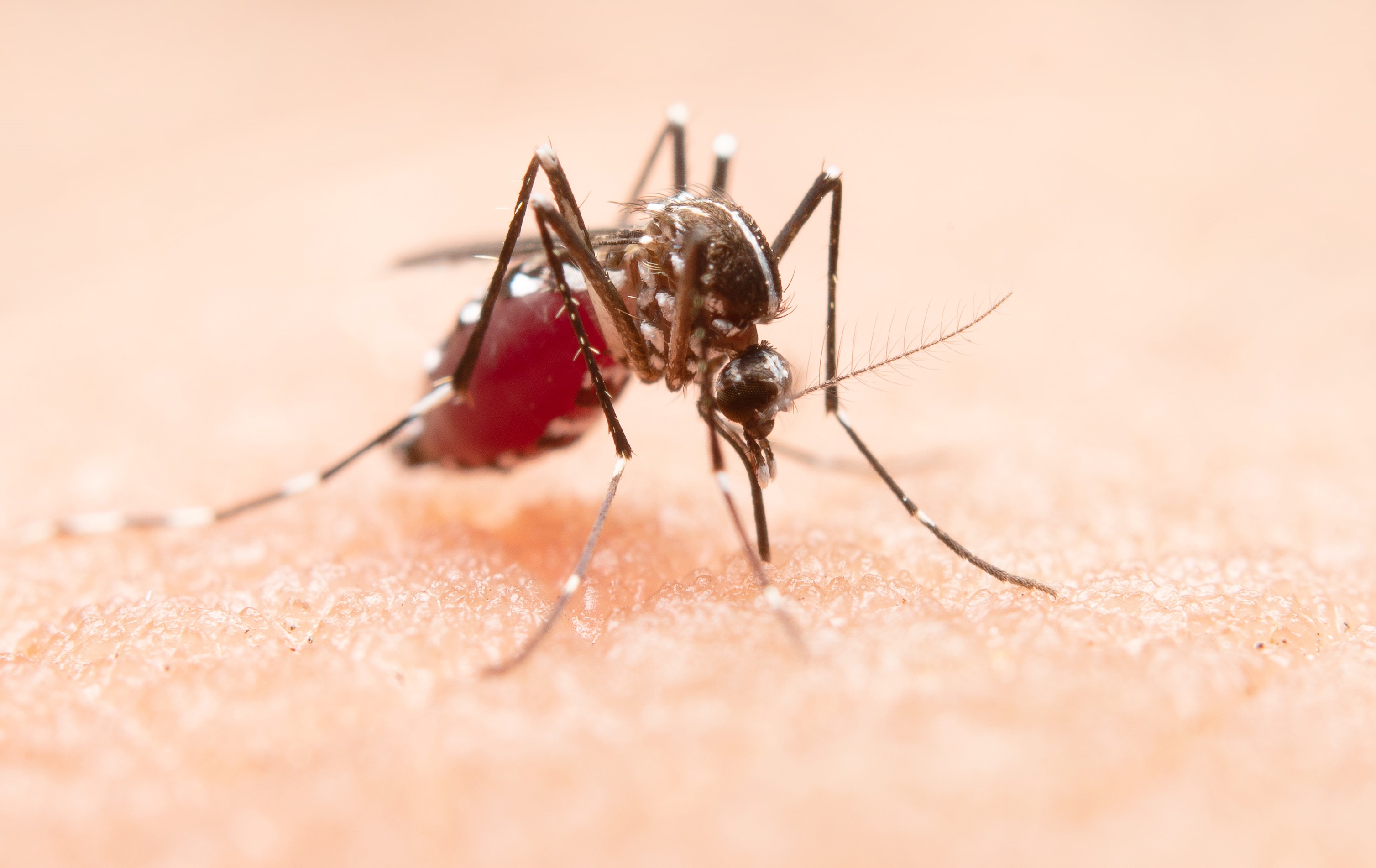 Image of a mosquito. The stakes are particularly high in Kenya, where nearly 70 per cent of the population lives in malaria-prone areas.
Image of a mosquito. The stakes are particularly high in Kenya, where nearly 70 per cent of the population lives in malaria-prone areas.
About 60 per cent of Kenya's
malaria programme funding comes from international donors, including the Global
Fund to Fight Aids, Tuberculosis and Malaria and the US President's Malaria
Initiative (PMI).
In 2018/19, government funding contributed 40.6 per cent while households contributed 36.6 per cent of malaria spending through out-of-pocket payments. This highlights the necessity of fostering innovative partnerships and enhancing support for domestic resource mobilisation, as well as encouraging contributions from the private sector. By leveraging these collaborations, we can strengthen our efforts to combat malaria and improve health outcomes in our communities.
2025 has been a challenging year with announcements of reductions in development aid from several donor partners. Between this and wider issues, the National Malaria Control Programme now faces significant challenges and a funding deficit of approximately Sh9 billion.
This shortfall jeopardises essential
interventions, including the distribution of insecticide-treated nets,
procurement of diagnostic tools, and provision of antimalarial medications.
Such gaps not only hinder ongoing efforts but also threaten to reverse the
gains achieved in malaria control.
As we reflect on this year's World Malaria Day with its theme "Malaria Ends With Us: Reinvest, Reimagine, Reignite," we are challenged to transform how Kenya approaches malaria control. This theme resonates deeply with our current situation - we must strengthen our self-reliance while continuing to value the vital role of our international partnerships.
Globally, malaria financing has grown but has slowed in recent years, and even with this, we are off track. This hampers the scaling up of proven interventions and the development of new tools essential for malaria elimination.
The WHO has cautioned that
"shifts in donor priorities remain the single greatest threat to sustained
malaria control." Recent geopolitical and economic shifts have led to
reductions in foreign aid, with some programs experiencing significant cuts.
During a brief funding hiatus in 2020, high-transmission counties in Kenya
experienced a 15 per cent surge in malaria cases, illustrating the direct
impact of funding gaps on public health.
Sustained collaboration and consistent investment in national health programs are critical to ensuring their stability and long-term impact. Delays in funding disbursements disrupt supply chains and service delivery, weakening malaria control efforts and eroding public trust in the health system.
The stakes are particularly high in Kenya, where nearly 70 per cent of the population lives in malaria-prone areas, and children under five and pregnant women account for 70 per cent of malaria-related deaths. And as a perfect storm; extreme weather events, humanitarian crises, economic instability, insecticide and drug resistance, and funding shortfalls, continue to grow, the threat to these high-risk groups intensifies.
Kenya's 2023 strategic
framework emphasises the need to "move from dependency to
self-reliance" by increasing domestic financing for malaria control. This
shift involves not only allocating more resources but also enhancing the
efficiency and effectiveness of existing programs.
To bridge the funding gap, Kenya must explore innovative financing mechanisms. Scaling up malaria interventions would cost Kenya an estimated Sh373 billion (modest) to Sh410 billion (rapid) between 2021 and 2030. These could include working closely with the private sector to support the government’s efforts towards elimination and boost the national budgets to ensure" stable funding protected from sudden cuts during fiscal shocks.
Integrating malaria testing and treatment into the National Health Insurance Fund, now Social Health Authority (SHA) could mobilise additional resources and improve access to care. By making these services core benefits under SHA coverage, Kenya could enhance financial protection for households and create sustainable domestic funding streams.
With the devolution of health
services, counties play a critical role in malaria control. The strategic
framework highlights the importance of empowering county governments to plan,
budget, and implement malaria interventions tailored to local needs. Counties
can adopt burden-based budgeting, allocating resources based on malaria
prevalence and transmission intensity.
Performance-based financing, where funds are tied to specific outcomes, can incentivize efficient use of resources. Rwanda utilized this model, achieving a 35% reduction in malaria cases over three years in participating districts.
Transparency in resource allocation and usage is crucial. Implementing a publicly accessible, real-time financial dashboard would allow communities and civil society to track funding from budget allocation to bed net distribution, reducing waste and corruption. Empowering counties with more control over procuring nets, tests, and medicines can enhance efficiency. Pilot projects in Mombasa and Kwale Counties demonstrated that local procurement reduced delivery times by 40%.
Achieving a malaria-free Kenya will require a collaborative effort from all stakeholders. The Zero Malaria Campaign Coalition (ZMCC), led by the National Malaria Control Program, brings together diverse partners to drive malaria elimination through strategic communications, advocacy, and resource mobilization. Serving as a unifying platform, ZMCC coordinates initiatives and amplifies partner efforts to advance collective impact.
Community ownership remains a cornerstone of sustainable malaria control. Community Health Volunteers are integral to Kenya's malaria outreach efforts. Training these volunteers in larval source management, digital reporting via mobile apps, and community education can harness local knowledge to reduce transmission. In Busia County, a pilot project showed a 45% decline in vector density following community-led habitat-drainage campaigns, demonstrating the power of local engagement.
Kenyan research institutions are pioneering context-specific solutions for malaria control. The Kenya Medical Research Institute has developed new rapid diagnostic tests that improve case detection in remote areas. Investing in local research ensures that innovations are tailored to Kenya's unique challenges and are sustainable in the long term.
Budget allocations for malaria at both national and county levels must reflect the true burden of the disease. Our political leaders must recognize that investing in malaria control yields significant returns, including reduced healthcare costs, fewer school days missed, and improved workforce productivity.
We must maintain valuable partnerships with international donors while steadily increasing our self-reliance. By embracing Kenyan leadership, innovative financing, county empowerment, private sector engagement, and community ownership, we can build a sustainable foundation for malaria elimination.
Kenya can lead its own malaria response. What we need now is the political will and strategic investment to make it happen.
Tukomeshe Malaria kwa wakati wetu; Tuongeze juhudi na ubunifu. Let us end malaria in our time through renewed effort and innovation. Kenya's future free from malaria depends not on foreign aid, but on our own leadership, investment, and determination.
Anthony Buluma is CEO, Kenya Young
Parliamentarians Association, and Jenny Njuki is Head of Innovation Programmes
and External Relations – Malaria No More UK


